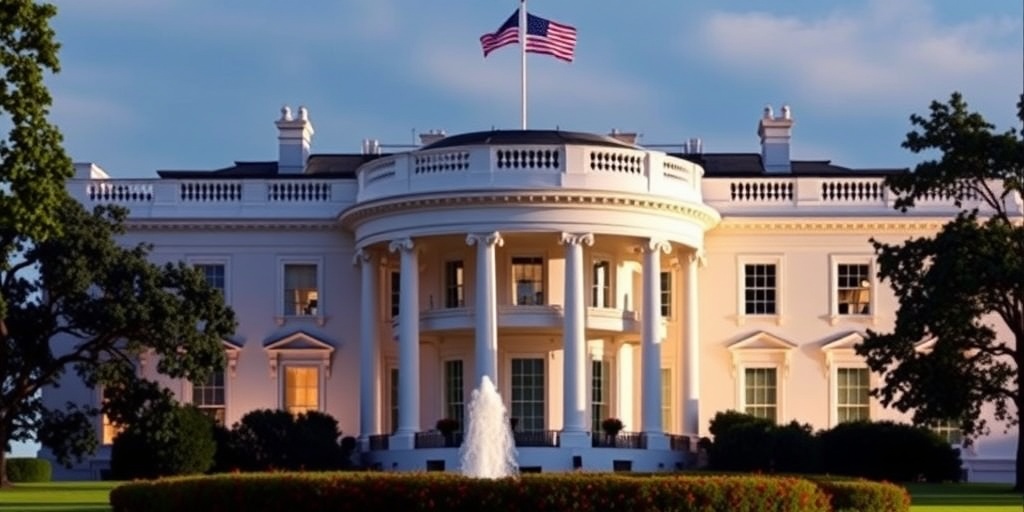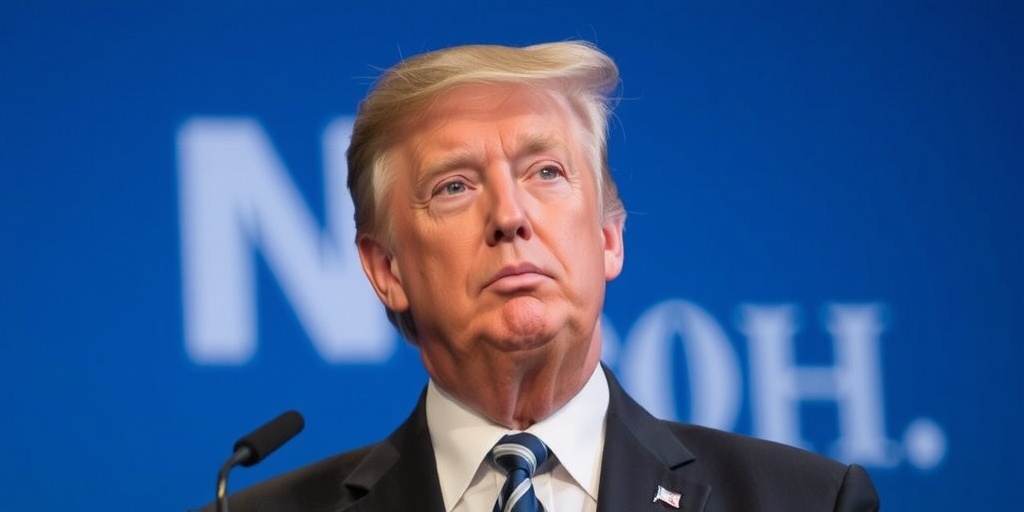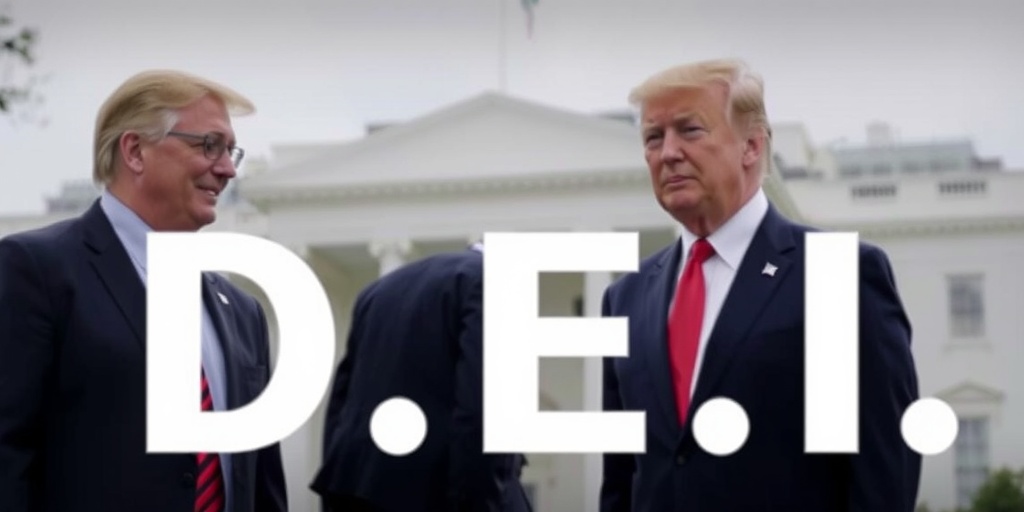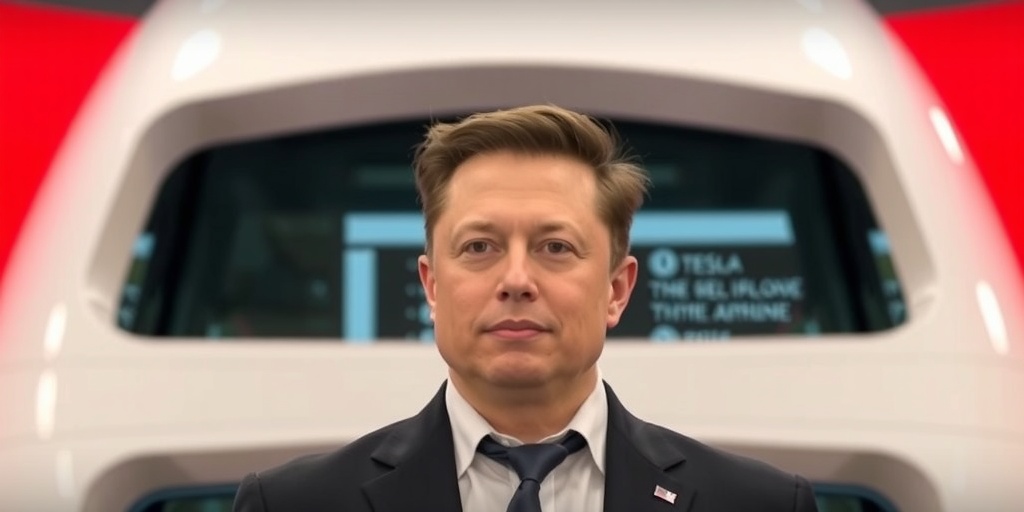Now Reading: Elon Musk’s Starlink Expands Within White House Complex
-
01
Elon Musk’s Starlink Expands Within White House Complex
Elon Musk’s Starlink Expands Within White House Complex

Starlink Now Operational Across White House Campus, Questions Arise Over Ethics and Security
Starlink, the satellite internet service managed by Elon Musk’s SpaceX, has officially been implemented on the White House campus, signaling a significant development in the government’s digital infrastructure. This move comes as part of an ongoing effort to enhance Wi-Fi connectivity within the White House and improve internet availability in areas where cell service is inadequate. This development follows Musk’s appointment as an unpaid adviser to the Trump administration.
The exact timeline of when Starlink services were established at the White House remains uncertain, particularly after President Trump began his second term. The Starlink service operates through terminals that capture signals from SpaceX satellites orbiting in low-Earth orbit. Instead of direct installation within the White House premises, the system is reportedly routed through a separate data center several miles away, utilizing existing fiber optic cables to connect the service to the White House infrastructure.
White House officials emphasized the initiative’s goal is to expand internet availability, acknowledging the limitations of existing Wi-Fi networks and cell service in specific areas of the property. "This is a proactive measure to improve Wi-Fi connectivity on the complex," said White House Press Secretary Karoline Leavitt.
However, the circumstances surrounding Starlink’s installation differ from typical government contracts. Elon Musk, now serving as a special government employee at the White House, has considerable control over Starlink alongside other companies that engage in regulatory matters with the federal government. This raises ethical concerns about potential conflicts of interest, particularly given Musk’s history as a significant donor to Trump’s political endeavors.
In February of this year, Chris Stanley, a security engineer with ties to both SpaceX and Musk’s Department of Government Efficiency, explored the feasibility of installing Starlink on the roof of the Eisenhower Executive Office Building within the White House complex. During this exploration, Stanley inadvertently triggered an alarm that alerted the Secret Service, leading to a swift response from agency personnel—a dramatic incident corroborated by several witnesses. Reports suggest that despite earlier communication with the Secret Service about his intentions, Stanley’s uncoordinated visit created an unnecessary security alert.
Despite the alarm triggered by Stanley’s actions, White House spokesperson Harrison Fields asserted that the situation did not constitute a security incident, nor did it breach any protocols. The Secret Service echoed this sentiment, indicating that they were aware of the installation intentions concerning Starlink and were in communication with Musk’s team.
Notably, officials declared that Starlink had "donated" the service to the White House, a move that has raised eyebrows among former government officials. Clare Martorana, a former chief information officer at the White House under President Biden, expressed skepticism about how a donation of such a nature could legally materialize, suggesting that any new system would need the sign-off from the chief information officer to ensure proper security protocols were met.
Stanley’s role involved collaborating with the White House’s digital infrastructure team to implement the Starlink service, amidst continuing assignments at the Justice Department. This unique arrangement points to a growing intertwining of Musk’s business interests and federal operations.
As concerns about Starlink’s installation continue to swirl, the service has now become a notable feature among several governmental properties. Recently, it also became operational at the General Services Administration, which has been a focal point for Musk’s initiatives aimed at government efficiency.
Contrary to its typical usage in emergency situations or isolated regions, the deployment of Starlink within federal buildings that already possess substantial internet access has surprised many. The Federal Emergency Management Agency (FEMA) utilizes Starlink for crisis management, reflecting its reliability. However, experts have raised concerns that the addition of Starlink services may not substantially enhance wireless internet capacity in locations already served by fiber optics.
One cybersecurity expert, Jake Williams, noted the rarity of employing alternative internet service providers like Starlink to supplement existing infrastructure, urging caution over the potential vulnerabilities this could introduce. "It introduces another attack point," Williams stated. "But why introduce that risk?"
The use of Starlink raises additional questions about data security. It is unclear whether communications through the service are encrypted, although it does create a separate network that segregates data accessible to individuals present at the White House.
Another government official familiar with the discussions has indicated that initial concerns about Starlink’s integration with existing secure wiring systems have been alleviated, as the service operates through its separate data hub.
As Starlink becomes more integrated into government operations, its presence is formally recognized in the applications approved for download on devices at the General Services Administration, alongside other Musk-affiliated companies, hinting at a broader strategy for technological modernization. While implementing new technologies for government efficiency is valuable, balancing such advancements with ethical considerations remains critical.
As Musk vocalizes frustrations over outdated governmental technologies, his ongoing influence on federal projects reflects a complex narrative about the intersection of private enterprise and public governance, particularly as officials navigate the implications of such innovative solutions within established frameworks.
Stay Informed With the Latest & Most Important News
Previous Post
Next Post
-
 01New technology breakthrough has everyone talking right now
01New technology breakthrough has everyone talking right now -
 02Unbelievable life hack everyone needs to try today
02Unbelievable life hack everyone needs to try today -
 03Fascinating discovery found buried deep beneath the ocean
03Fascinating discovery found buried deep beneath the ocean -
 04Man invents genius device that solves everyday problems
04Man invents genius device that solves everyday problems -
 05Shocking discovery that changes what we know forever
05Shocking discovery that changes what we know forever -
 06Internet goes wild over celebrity’s unexpected fashion choice
06Internet goes wild over celebrity’s unexpected fashion choice -
 07Rare animal sighting stuns scientists and wildlife lovers
07Rare animal sighting stuns scientists and wildlife lovers





















